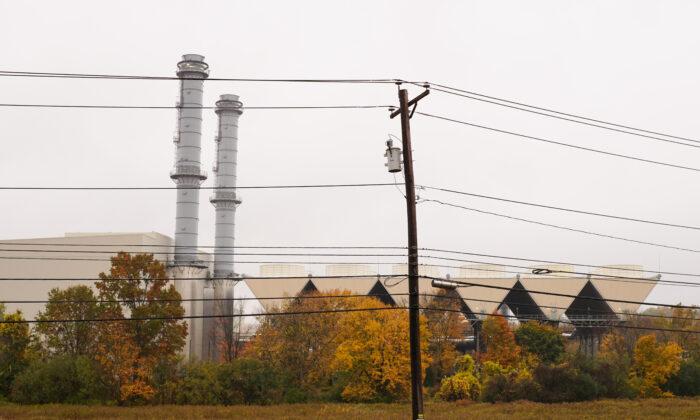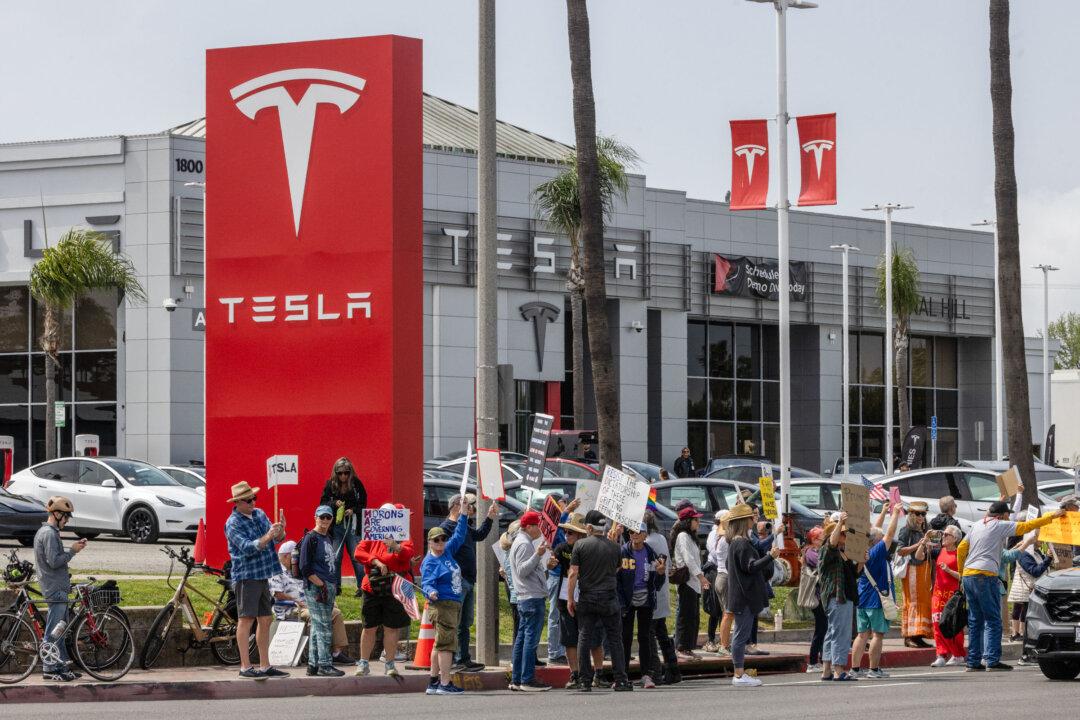House Republicans have warned that implementing the toughest U.S. rules for power plant emissions may imperil Americans’ access to affordable and reliable electricity.
“We’re starting down a path to severe grid reliability challenges throughout the country,” said Rep. Bill Johnson (R-Ohio), chairman of the House Energy and Commerce Subcommittee on Environment, Manufacturing, and Critical Minerals, during a June 6 hearing.
“This isn’t happening by accident! These electric reliability challenges are a direct result of onerous climate regulations favored by many Congressional Democrats and the Biden administration,” the Ohio lawmaker said.
Johnson took the time to criticize what he called President Joe Biden’s “whole of government climate agenda.”
“At the forefront of this regulatory onslaught is the EPA’s recent announcement proposing expensive and unproven greenhouse gas emissions standards on electric generating units, particularly coal- and natural gas-fired power generation,” he said.
“President Joe Biden’s plans to restrict carbon dioxide emissions from power plants, and the inevitable support from environmental organizations, illustrates what is wrong with the so-called green movement,” Tom Harris of the International Climate Science Coalition said in an April statement regarding the new standards.
Some environmental groups and fossil fuel advocates rejected the rules’ reliance on carbon capture, sequestration, and storage, questioning the technology’s viability.
In an April 27 interview with The Epoch Times, James Taylor of the Heartland Institute said carbon capture “is not even scientifically developed yet.”
However, the EPA maintains that carbon capture is advanced enough to play a critical role in curbing greenhouse gas emissions tied to hydrocarbons.
The complicated new rules would affect existing and new installations, with different requirements for coal plants depending on when they commit to retiring over the next few decades.
In a press briefing the day before the standards were officially released, EPA Administrator Michael Regan said the United States will “see some coal retirements” because of them.
During that same briefing, Regan told reporters that the standards are about “clean air to breathe.”
He and others with the agency have said that they think the EPA’s rules comply with West Virginia v. EPA, a landmark decision in which the Supreme Court determined that the agency lacked the authority for the Clean Power Plan it issued under then-President Barack Obama in 2015.
Democrats Defend Rules
Democrats defended the rules during the June 6 hearing, arguing that the Republican worries of mounting problems with the grid are misplaced, thanks, in part, to legislation delivered during the previous Congress.“It is a far cry from a government takeover of our power sector,” Rep. Paul Tonko (D-N.Y.) said. “On the contrary, it is based on existing market trends, which include significant coal plant retirements for economic reasons and increased deployment of renewables. This is ultimately a modest rule that builds upon the Inflation Reduction Act, which will further support cost-effective compliance with the proposed standards.”
He said it would give those running power plants “ample flexibility,” noting that carbon capture was just one option for power operators rather than something mandated by the standards.
“These proposed standards are an important complementary action that will benefit all Americans as well as our environment and our economy,” Rep. Frank Pallone (D-N.J.) said.
But Johnson and his Republican colleagues pushed back against that more optimistic narrative about the green agenda on energy.
“More and more people in America are being forced to face the threats of blackouts and brownouts,” Rep. Cathy McMorris Rodgers (R-Wash.) said.
Patrick O'Loughlin, president and CEO of Buckeye Power Inc. and Ohio Rural Electric Cooperatives, testified that the standards proposed by the EPA under Biden “would undermine Buckeye Power’s mission of providing affordable, reliable power to the communities and consumer-members we serve.”
“The proposed GHG rules for power plants require unproven emission control ideas on power plant operators in unrealistic timeframes,” he said in his written testimony.
Jay Duffy, litigation director of the Clean Air Task Force, offered a rosier picture of the EPA’s vision.
Todd Snitchler, president and CEO of the Electric Power Supply Association, an industry group for independent power producers, emphasized the need for additional natural gas on the grid with the rollout of solar, wind, and other weather-dependent power technologies.
He sounded more pessimistic than Duffy about the state of play as fossil plants and other baseload energy sources retire.





